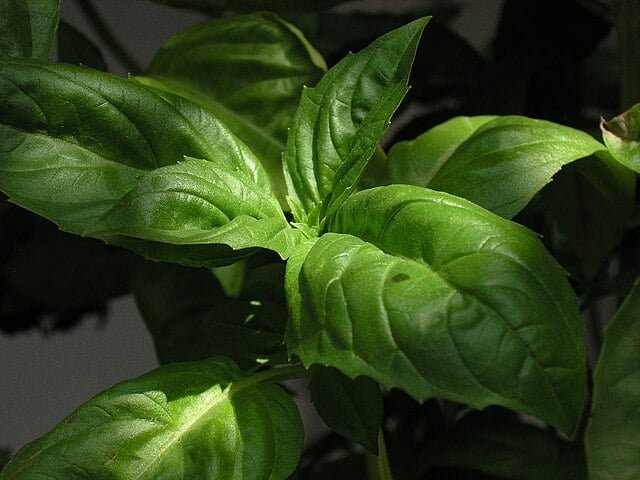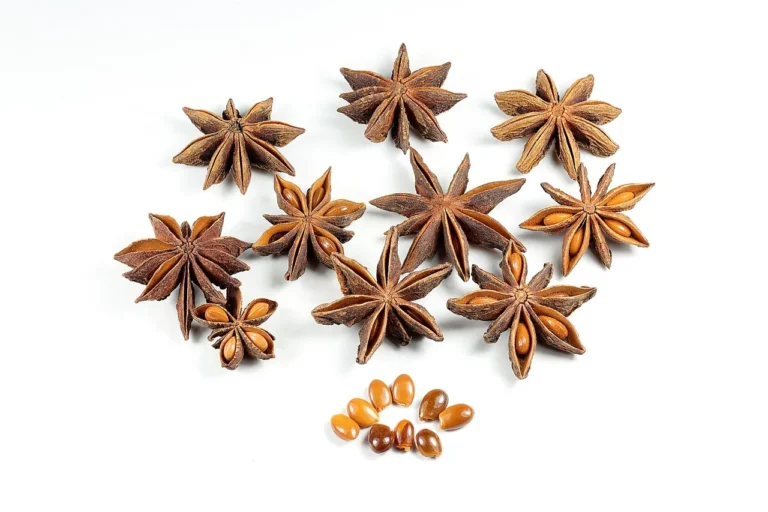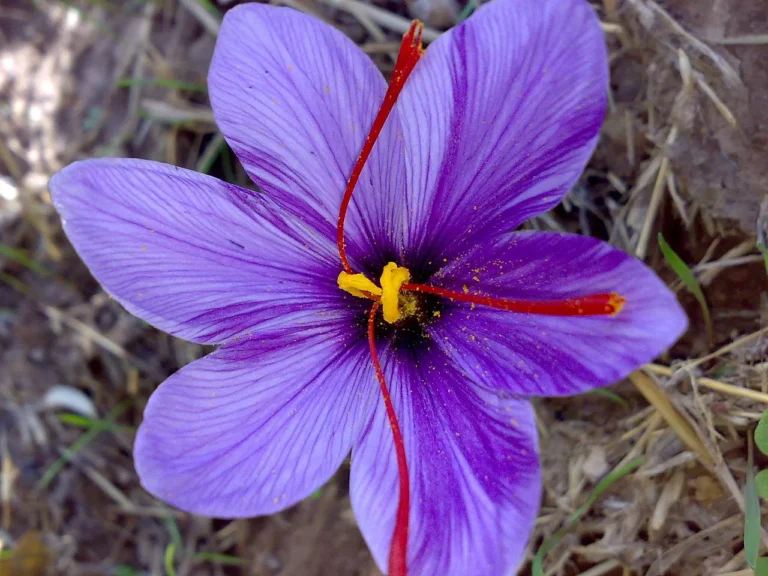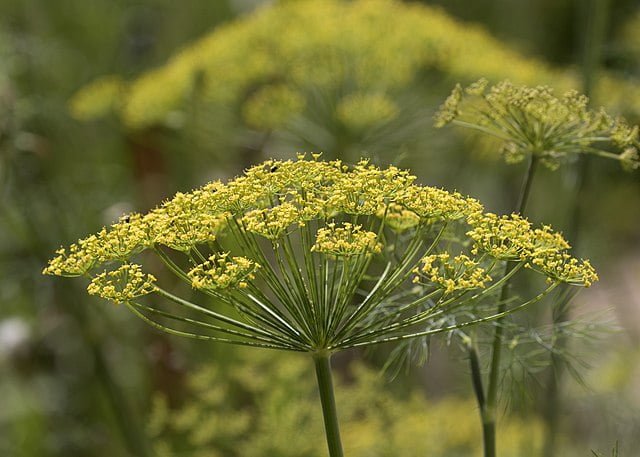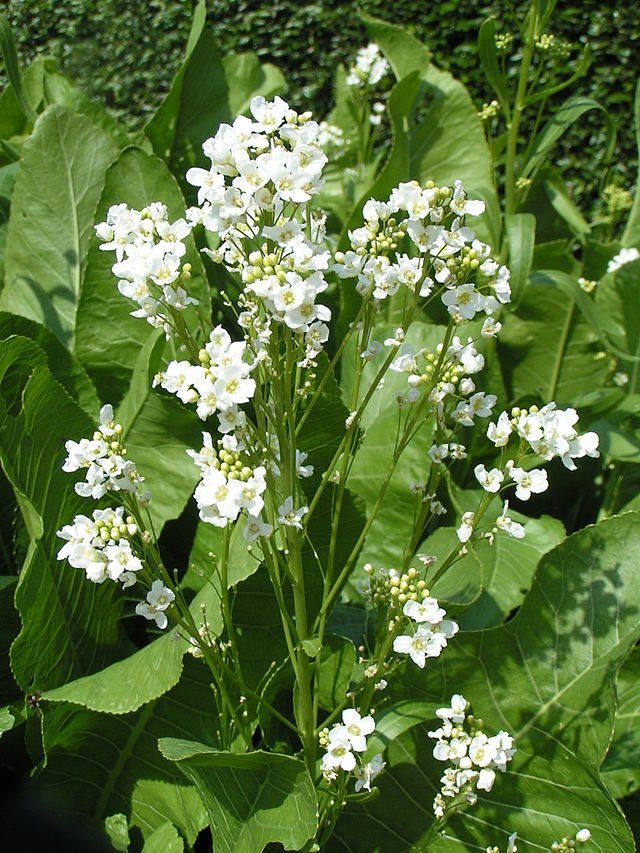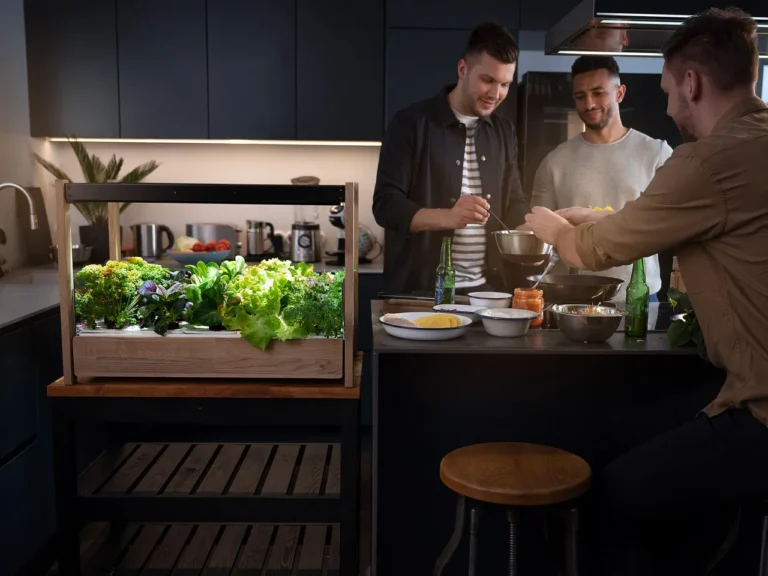Growing Basil: A Guide to Cultivating a Fragrant Herb
Basil is a versatile and aromatic herb that adds a burst of fresh flavour to a variety of culinary dishes. Whether you’re an experienced gardener or a novice, growing basil is a rewarding and straightforward endeavour. This guide will provide you with simple steps to successfully cultivate basil and enjoy its delightful aroma and taste.
Selecting the Right Basil Variety

Basil comes in various types, each with its unique flavour profile and growth habit. Sweet basil (Ocimum basilicum) is the most common variety and is widely used in Italian cuisine. Other popular varieties include Genovese basil, Thai basil, and lemon basil. Choose a variety that suits your taste preferences and culinary needs.
Choosing the Planting Location

Basil thrives in warm and sunny conditions. Select a location in your garden that receives at least 6-8 hours of direct sunlight daily. Ensure the soil is well-draining, as basil does not tolerate soggy conditions. If your soil tends to retain moisture, consider adding organic matter like compost to improve drainage.
Planting Basil

Plant basil outdoors after the last frost has passed and the soil has warmed up. Alternatively, you can start basil seeds indoors 6-8 weeks before the last expected frost and transplant the seedlings outside once the weather is suitable. Space the plants about 8-12 inches apart to allow for adequate airflow and growth.
Watering and Care
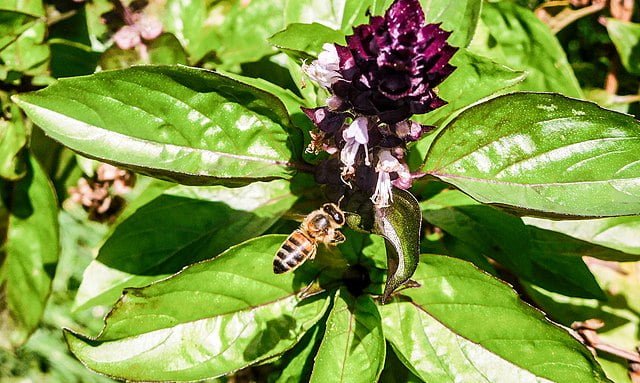
Basil prefers consistent moisture but does not like to be over watered. Water the plants deeply when the top inch of soil feels dry. Avoid wetting the foliage to minimize the risk of diseases. Applying a layer of organic mulch around the plants helps retain moisture and suppress weeds.
Pruning and Maintenance
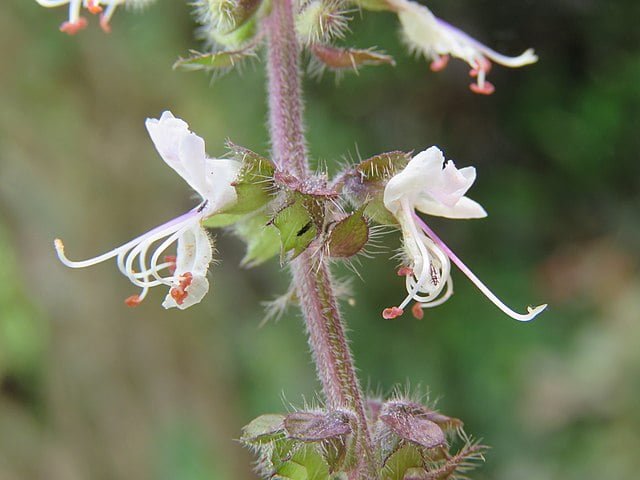
Regular pruning encourages bushier growth and prolongs the harvest. Pinch off the top sets of leaves when the plant reaches about 6 inches in height. This helps stimulate lateral branching and prevents the basil from becoming too leggy. Additionally, regularly remove any flowers that appear to keep the plant focused on foliage production.
Harvesting and Enjoying
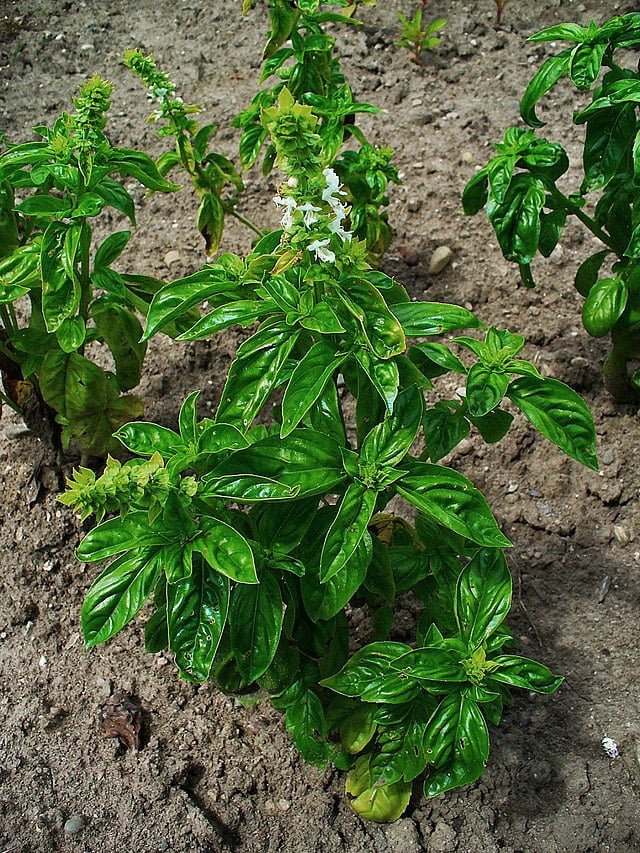
Harvest basil leaves when the plant is large enough to sustain leaf removal. Begin harvesting once the plant has reached about 6-8 inches in height. Snip off individual leaves or cut entire stems just above a leaf node to promote regrowth. Fresh basil can be used immediately or stored in the refrigerator for a few days. For longer-term use, basil leaves can be frozen or dried.
Basil is a versatile herb that can be used in a variety of dishes, including salads, pasta sauces, pesto, and more. With proper care and attention, you can enjoy a bountiful harvest of fragrant basil leaves throughout the growing season.

